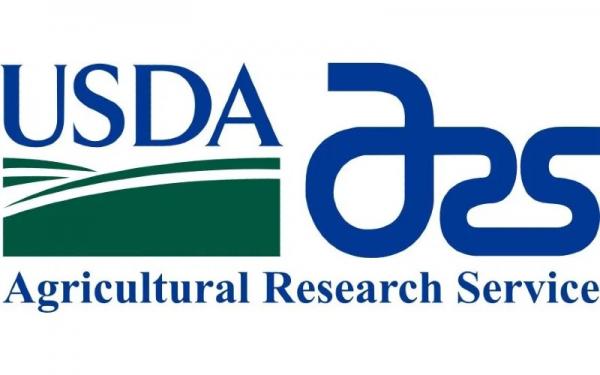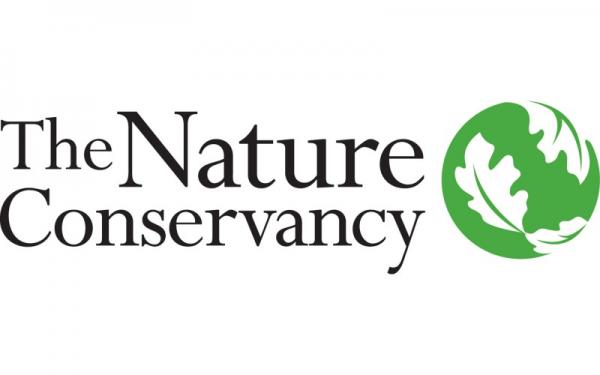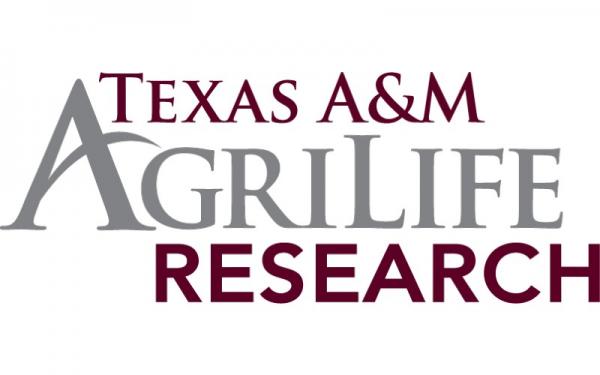Western Lake Erie Basin Conservation Effects Assessment Project

Project Overview
The Conservation Effects Assessment Project (CEAP) is an effort sponsored by the Natural Resources Conservation Service (NRCS) to assess the effectiveness of agricultural conservation practices at reducing the impacts of agriculture on surrounding ecosystems.
In 2016, work was completed on a 4-year CEAP-Wildlife project focused on nutrient and sediment impacts on fishes in streams throughout the western Lake Erie basin (WLEB). This project convened partners from The Nature Conservancy, the USDA’s Agricultural Research Service and NRCS, Ohio Sea Grant, The Ohio State University and Texas A&M University to develop a computer model that can assess in-stream ecological impacts of agriculture at spatial scales ranging from the entire western basin down to small watersheds. The analysis also focuses on the costs and benefits of conservation practices that reduce those ecological impacts.
The research team focused on western Lake Erie in part because of the region’s connections to the harmful algal blooms (HABs) that have plagued the lake in late summer and early fall. Phosphorus and sediment inputs from the western Lake Erie watershed fuel those algal blooms, and improvements to stream health, even high up in the watershed, may well help reduce algal blooms in the lake. Of course, the streams themselves also offer important services like drinking water and recreational opportunities, and are home to a number of fish species that have declined dramatically over the past century.
The research uses two indicators of environmental health:
- Top predators in a stream are fish (often sportfish like bass) that consume other fishes, but do not have predators themselves. Because these species are sensitive to environmental damage, their presence can be used to determine how healthy an ecosystem is overall.
- Index of Biotic Integrity (IBI) uses fish community structure to gauge stream conditions. It connects human disturbance on streams and watersheds to fish diversity, and gives managers a standard tool to use when targeting improvements to a damaged watershed.
The research shows that many streams in the western Lake Erie basin have high levels of sediment and nutrients (such as phosphorus and nitrogen), and that this is negatively affecting stream health. To manage agricultural water quality impacts, a suite of practices is needed to achieve measurable improvements to fish communities.
While the current model is focused on the western Lake Erie basin, the same approach can be adapted for use in other areas as well.

Figure 1, an example map from the research model shows how just a 20% reduction in nutrient and sediment inputs to streams can increase the health of top predator fishes. The more blue the map becomes, the healthier the watershed is considered to be, which in turn means water from that watershed is less likely to contribute to harmful algal blooms and other problems in Lake Erie.
Shifting colors in the maps can also help pinpoint the small watersheds where future changes in land use practices would have the biggest impact on stream fish communities. While some spots don’t change color at all, suggesting little if any improvement, others transition into healthier conditions. This is particularly evident in the northwestern map region, which shifts from regions of mostly 40-80% water quality impact to areas of 0-40% impact with a 20% reduction in nutrient and sediment inputs.
That 20% reduction can be achieved through a combination of best management practices on and around farm fields. On the field, proper timing of fertilizer use, such as not applying to frozen ground or before rainstorms, as well as incorporating fertilizer into the soil, significantly reduces nutrient loss to streams and saves farmers money in fertilizer cost. Managing the water that drains from fields via buffer strips of vegetation between fields and streams, as well as managing drainage water in tile systems, can help keep nutrients and sediment on the field instead of running into streams. Such practices are an integral component of comprehensive watershed management.
While efforts to reduce agriculture-related water quality impacts have increased in recent years, additional expenditures are likely needed to make a difference in stream fish communities. In addition, it is important to note that: efforts should not focus solely on phosphorus, but must also address nitrogen and sediments, we must include a combination of structural practices and nutrient management, and that a high percentage of agricultural lands, up to 100% in a given watershed, should be treated to see measurable in-stream benefits. While it will take a whole suite of practices to achieve those measurable improvements, change is definitely possible.
Publications
- Fraker, M.E., S.C. Keitzer, J.S. Sinclair, N.R. Aloysius, D.A. Dippold, H. Yen, J.G. Arnold, P. Daggupati, J.F. Martin, D.M. Robertson, S.P. Sowa, M.V. Johnson, M.J. White, and S.A. Ludsin. in press. Projecting the effects of agricultural conservation practices on stream fish communities in a changing climate. Science of the Total Environment. MS#: STOTEN-D20-11165-R1.
- Dippold, D.A., N. Aloysius, S.C. Keitzer, H. Yen, J.G. Arnold, P. Daggupati, M.E. Fraker, J.F. Martin, D.M. Robertson, S.P. Sowa, M.V. Johnson, M.J. White, and S.A. Ludsin. 2020. Forecasting the combined effects of anticipated climate change and agricultural conservation practices on fish recruitment dynamics in Lake Erie. Freshwater Biology doi.org/10.1111/fwb.13515. https://onlinelibrary.wiley.com/doi/pdf/10.1111/fwb.13515
- Keitzer, S.C., S.A. Ludsin, S.P. Sowa, G. Annis, J.G. Arnold, P. Daggupati, A.M. Froehlich, M.E. Herbert, M.V. Johnson, A.M. Sasson, H. Yen, M.J. White, and C.A. Rewa. 2016. Thinking outside of the lake: Can controls on nutrient inputs into Lake Erie benefit stream conservation in its watershed? Journal of Great Lakes Research 42:1322-1331. https://doi.org/10.1016/j.jglr.2016.05.012
- Yen, H., M.J. White, J.G. Arnold, S.C. Keitzer, M.V.V. Johnson, J.D. Atwood, P. Daggupati, M.E. Herbert, S.P. Sowa, S.A. Ludsin, D.M. Robertson, R. Srinivasan, and C.A. Rewa. 2016. Western Lake Erie Basin: Soft-data-constrained, NHDPlus resolution watershed modeling and exploration of applicable conservation scenarios. Science of the Total Environment 569: 1265-1281. https://doi.org/10.1016/j.scitotenv.2016.06.202
- Daggupati, P., H. Yen, M.J. White, R. Srinivasan, J.G. Arnold, S.C. Keitzer, and S.P. Sowa. 2015. Impact of model development, calibration and validation decisions on hydrological simulations in West Lake Erie Basin. Hydrological Processes 29:5307-5320. https://doi.org/10.1002/hyp.10536
Final Report
Keitzer, S.C., S.A. Ludsin, S.P. Sowa, A.M. Sasson, G. Annis, J.G. Arnold, A. Brennan, P. Daggupati, A.M. Froehlich, M.E. Herbert, C. Vollmer-Sanders, M.J. White, C. J. Winslow, and H. Yen. 2016. Quantifying the Potential Water Quality Benefits of Agricultural Conservation Practices for Stream Fish Conservation in the Western Lake Erie Basin. Final Report submitted to NRCS Conservation Effects Assessment Project. 119 pp.
Funding Sources
Investigators
- Connor Keitzer, Tusculum University (former AEL postdoctoral researcher)
- Stuart Ludsin, Aquatic Ecology Lab, The Ohio State University
- Scott Sowa, The Nature Conservancy
- Anthony Sasson, The Nature Conservancy
- Gust Annis, The Nature Conservancy
- Jeff Arnold, USDA Agriculture Research Service
- Amy Brennan, Texas A&M AgriLife Research, Texas A&M University
- Prasad Daggupati, The Nature Conservancy
- August Froehlich, The Nature Conservancy
- Matthew Herbert, The Nature Conservancy
- Mari-Vaughn Johnson, USGS Pacific Islands CASC (formerly of the USDA NRCS)
- Carrie Vollmer-Sanders, The Nature Conservancy
- Michael White, USDA Agriculture Research Service
- Christopher Winslow, Ohio Sea Grant
- Haw Yen, Blackland Research and Extension Center, Texas A&M University






